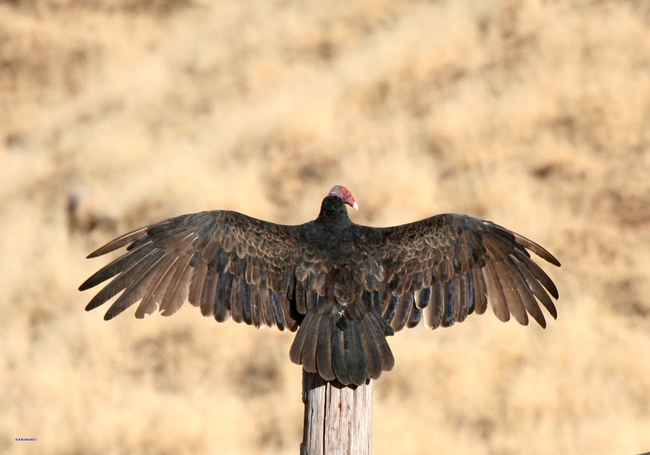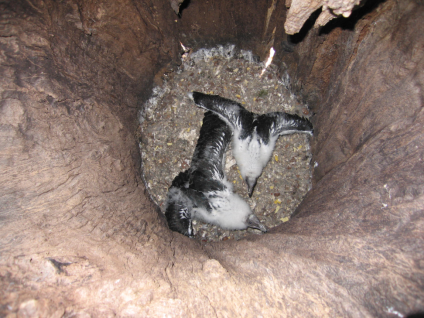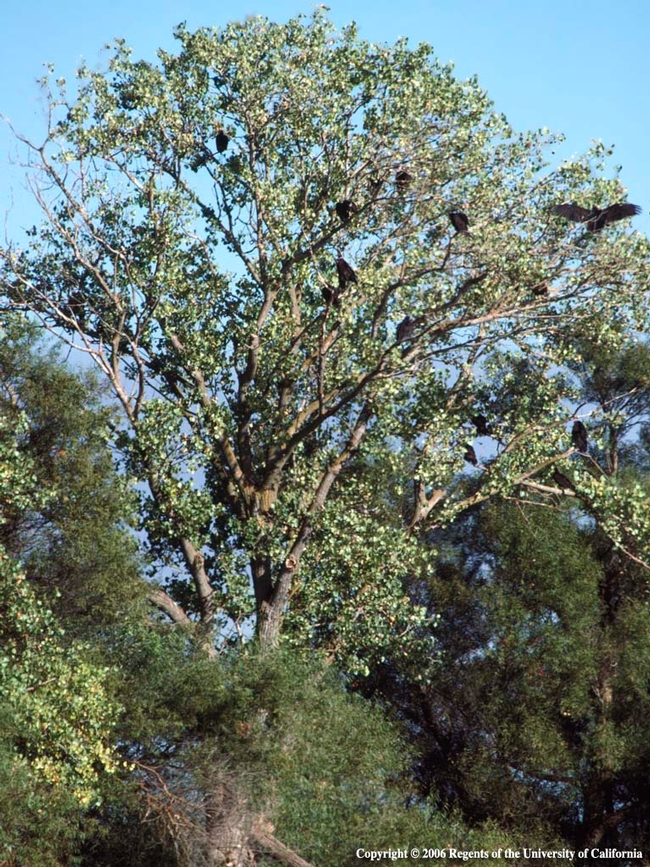Posts Tagged: turkey
A Welcoming Gift from the Bohart Museum to Atatürk University, Turkey
The Bohart Museum of Entomology at the University of California, Davis, is helping to spread the biodiversity of insects. Lynn Kimsey,...
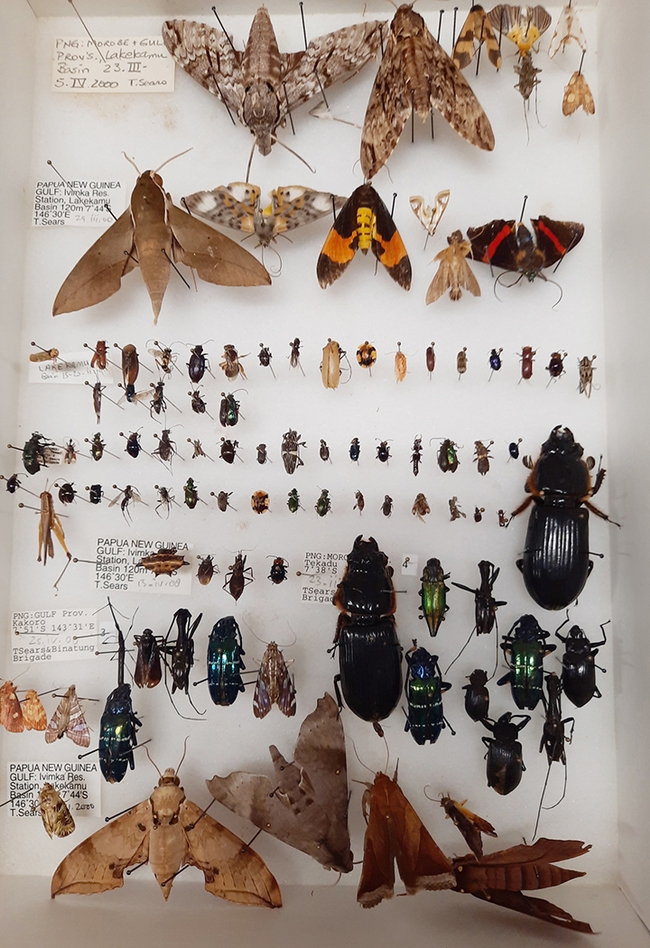
This is part of the Bohart Museum of Entomology collection that will be gifted to Atatürk University, Turkey. (Bohart Museum photo)
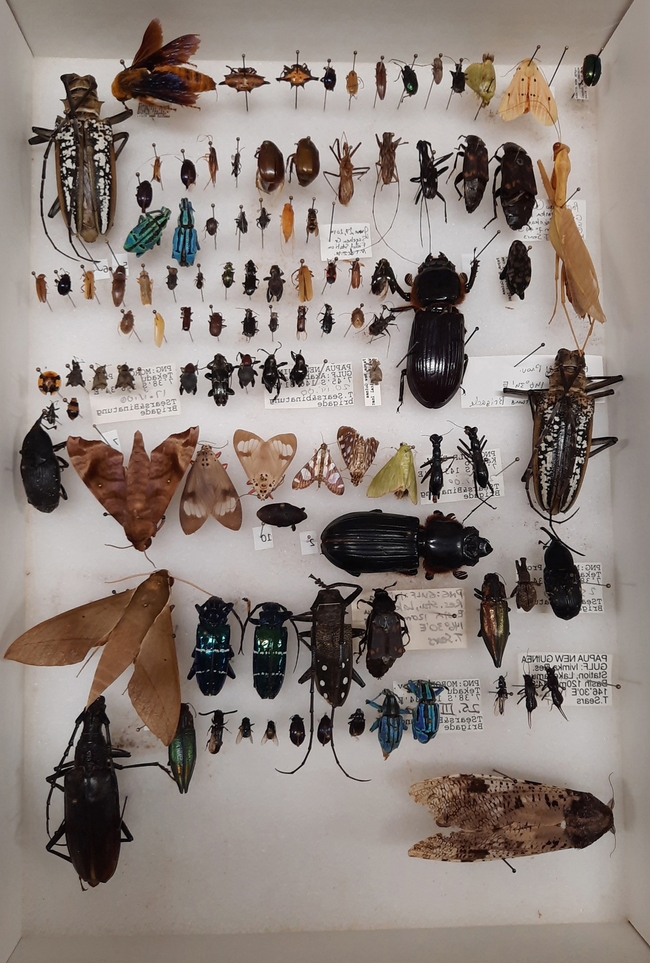
This is another image of the Bohart Museum of Entomology collection that will be gifted to Atatürk University, Turkey. (Bohart Museum photo)
Turkey vultures have peculiar nesting habits, study finds
Omnipresent and homely, turkey vultures are a native California wildlife species that doesn't get a lot of research attention.
But UC Cooperative Extension advisor Greg Giusti has found a surprising level of interest from the public in his Northern California research project about turkey vultures' nesting preferences in oak woodland.
“Animals with cute fuzzy faces are far more attractive in our culture,” said Giusti, a wildland ecology expert. “Turkey vultures have been overlooked. Very little is known about their biology and environmental needs.”
Giusti worked with Robert Keiffer, superintendent of the 5,300-acre UC Hopland Research and Extension Center in Mendocino County, to better understand the nesting habits of the red-faced scavengers.
In the study area, the researchers counted 417 trees in all; seven of them had suitable nesting elements for turkey vultures. They found that the vultures at the Hopland facility select large hollow trees – either dead or alive, either shaded or in the sun – to lay eggs and rear their young. The tree species in the study included blue oak, interior live oak, Oregon white oak and valley oak.
The nesting trees were widely dispersed and ranged in diameter from 36 inches to 65 inches around at breast height. The nesting cavities are vertical tubes in the tree trunks that drop down as much as 13 feet from the entrance to the ground.
“This is very different from other large birds, like eagles and osprey, who build open cup nests high up in tall trees, which they may use for generations,” Giusti said.
After turkey vulture chicks hatch, the parents drop into the cavity five or six times a day to feed their young, Giusti said. How birds with a five-foot wingspan traverse a deep vertical tunnel is a mystery.
“They just shimmy up and down, I would imagine,” Giusti said. “We don't know how the young birds do it when they fledge. We've never witnessed the adult birds calling them out.”
Giusti said the scientists will continue to build on the turkey vulture nesting database they have started with results from this project. In the coming years, they hope to learn whether turkey vultures will re-use successful nesting sites and whether they may be found nesting in fallen logs or rock piles.
In the video clip below, a turkey vulture explores a possible nesting cavity at the UC Hopland REC.
An initiative to maintain and enhance sustainable natural ecosystems is part of the UC Division of Agriculture and Natural Resources Strategic Vision 2025.
'Overlooked' turkey vultures the center of UCCE research
To some, turkey vultures are repugnant scavengers that feed on road kill. But to Greg Giusti, they are an intriguing, unexplored scientific topic, said an article in the Ukiah Daily Journal.
"They aren't warm and cuddly so people aren't drawn to them," Giusti said. "My academic curiosity drew me in."
Giusti has discovered that the birds nest in cavities of old, long-dead oak trees.
"We have seen the vultures jump inside the hollow, the middle of the tree, some 8 to 10 feet down," Giusti said. "Since there is not sufficient diameter for them to fly up from the inside, we surmise that they shimmy up to the top. When the hatchlings are about a month old and able to fly, almost full size, they, too, must shimmy up to get out."
The UC Hopland Research and Extension Center hosts a public seminar, "Turkey Vultures in the Oaks: A Lovely Yet Maligned Bird," at 7 p.m. tonight in the Rod Shippey Hall, 4700 University Road, Hopland.
Americans now less likely to pick up turkey burgers
The salmonella outbreak that prompted the recall of 36 million pounds of ground turkey is making consumers wary of a meat that many turned to as a safer, healthier alternative to ground beef, according to an article in the Sacramento Bee. Cargill Meats' decision last Wednesday to call back the product is one of the largest meat recalls in history.
The Centers for Disease Control and Prevention held a press briefing Aug. 4 reporting that they are aware of 78 cases of salmonella illness associated with ground turkey between March 1 and Aug. 3, 2011, in 26 states. There has been one related death - a 65-year-old Sacramento County woman.
Of the 78 victims reported to the CDC, 22 have been hospitalized, a rate higher than is typical with salmonella infections, said Dr. Chris Braden, director of the CDC Division of Foodborne, Waterborne and Environmental Diseases, during the briefing.
"We’re working to explore why this may be," Braden said. "One possible reason is that the outbreak strain is resistant to several antibiotics, including ampicillin, tetracycline and streptomycin. This antibiotic resistance may increase the risk of hospitalization and can sometimes lead to treatment failure."
UC Cooperative Extension food science specialist Christine Bruhn told the Sacramento Bee that, compared with dangerous strains of E. coli, salmonella "is a pathogen to be feared even more."
"There are more deaths every year from this organism than the E. coli that came to everyone's attention in the 1990s with the Jack in the Box outbreak," Bruhn was quoted.
Bruhn suggested that consumers check the temperature of cooked turkey before serving it.
"If you don't have a (meat) thermometer, go to the grocery store and get one and stick it in at an angle," Bruhn said.
Washing hands and anything else that might have touched uncooked meat is also critical.
"Wash your hands, wash the faucet, the top of the soap dispenser, the fridge handle," Bruhn said.

Even if turkey is contaminated, cooking to 160 degrees through and through ensures the meat is safe.


